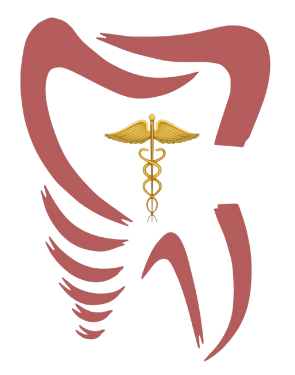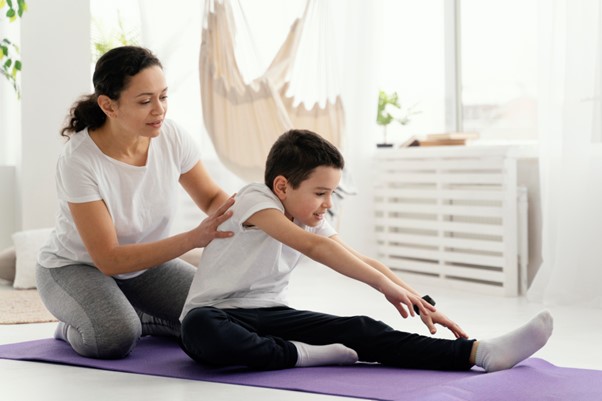Breathing and postural support for children means helping kids breathe well and sit or stand with good posture. These skills are important for healthy growth and daily activities. Many parents look for physiotherapy for children’s breathing or postural support techniques for kids. In this guide, you will learn why these areas matter, what signs to watch for, and how physiotherapy can help your child.
What is Breathing and Postural Support for Children?
Breathing support helps children use their lungs well. Postural support means helping kids keep their bodies in a healthy position. Together, these supports help children move, play, and learn with ease. For example, good posture helps with balance and focus. Proper breathing helps with energy and calmness. Both are key for child health and development.
Common Causes of Breathing and Postural Issues in Children
Several factors can affect a child’s breathing and posture. Sometimes, these issues are present from birth. Other times, they develop as children grow. Here are some common causes:Poor sitting habits, like slouching at a deskWeak muscles or low activity levelsChronic illnesses, such as asthma or allergiesObesity or being overweightNeurological conditions, like cerebral palsyInjuries or surgeries
Because these causes vary, it is important to watch for signs early.
Signs and Symptoms to Watch For
Early signs can help you spot breathing or postural problems. Look for these symptoms in your child:Frequent mouth breathingShortness of breath during playSlouched or uneven shouldersComplaints of back or neck painFatigue or trouble focusingWheezing or noisy breathingDifficulty sitting or standing straight
If you notice these signs, consider seeking help from a professional.
How Physiotherapy Helps: Techniques and Approaches
Physiotherapy for children’s breathing and posture uses gentle, safe methods. These techniques help improve strength, flexibility, and lung function. For instance, a physiotherapist may use:Breathing exercises to strengthen the lungsPosture training with fun games or activitiesStretching and strengthening exercisesBalance and coordination drillsManual therapy, such as gentle massage
Moreover, physiotherapists teach parents and children how to practice these skills at home. This support can make a big difference in daily life.
Home Exercises and Lifestyle Tips
Simple changes at home can help your child’s breathing and posture. Try these tips:Encourage regular play and movementSet up a child-friendly desk and chairRemind your child to sit up straightPractice deep breathing togetherLimit screen time and take breaks oftenUse pillows for support during sleep
Additionally, make exercise a fun family activity. This helps build healthy habits for life.
Prevention and Early Intervention
Preventing problems is easier than treating them later. Early intervention can stop small issues from becoming big ones. For example, teach your child about good posture from a young age. Encourage active play and healthy breathing habits. If your child has a medical condition, follow your doctor’s advice closely. Regular check-ups can also help catch issues early.
When to Consult a Physiotherapist
Sometimes, home care is not enough. You should consult a physiotherapist if:Your child has ongoing breathing problemsPain or posture issues do not improveThere are signs of weakness or poor balanceYour child has a chronic illness or special needs
In many cities, physiotherapy services for children are available. A qualified physiotherapist can create a plan that fits your child’s needs.
Remember: Every child is unique. Consult a qualified physiotherapist for personalized advice on your child’s breathing and posture.


